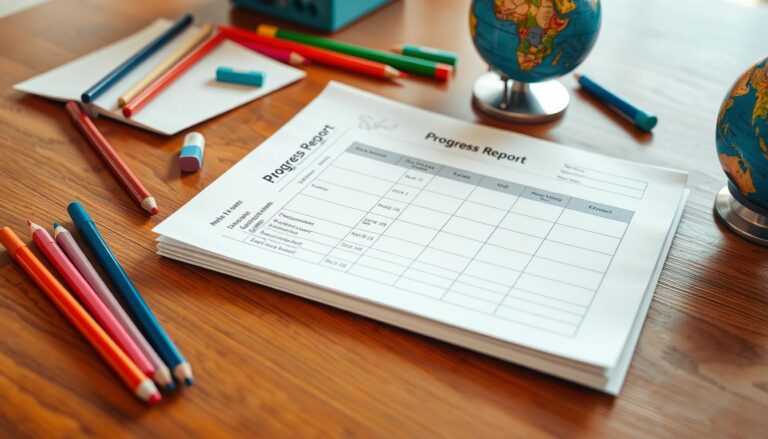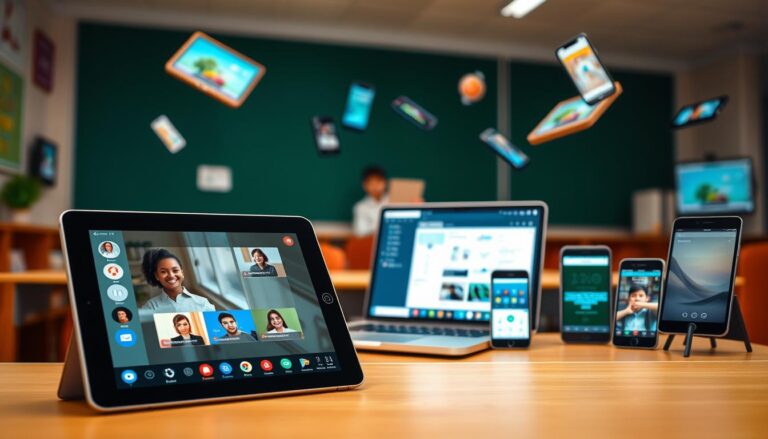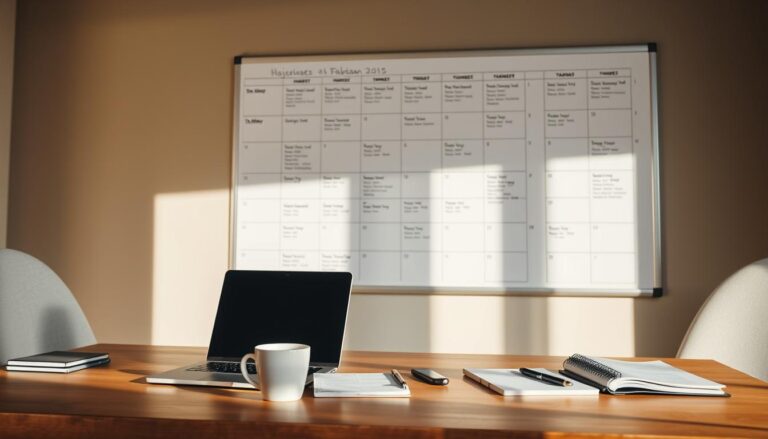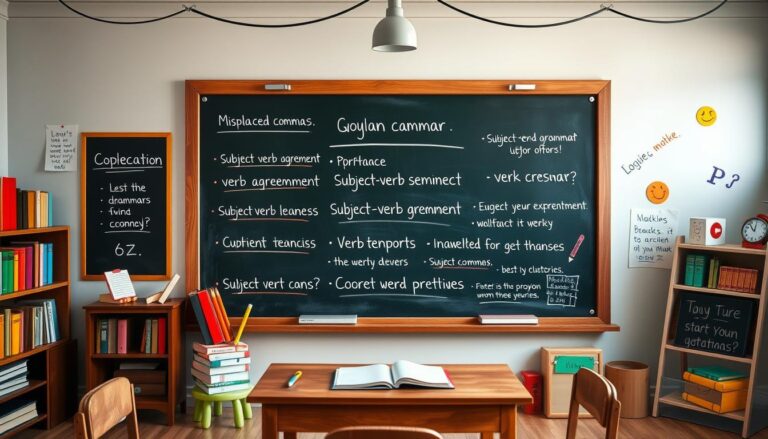Creating Learning Centers at Home
Have you ever wondered how a simple corner of your house can transform into a dynamic space for your child’s growth? We’ve discovered that with a little creativity and planning, even the smallest areas can become engaging learning hubs.
Our journey began with a simple IKEA table, Target bins, and a magnetic whiteboard. These affordable items helped us create a literacy station that keeps our child focused and motivated. The setup not only promotes organization but also encourages independence and daily engagement.
We’ve found that having a dedicated space fosters a sense of routine and curiosity. It’s amazing how a well-thought-out environment can inspire a preschooler to explore and develop essential skills. With thoughtful planning, you too can create a space that balances structure and flexibility.
Innovative Home Learning Stations Preschool Setup
Transforming a small space into an engaging area for your child’s development is easier than you think. With thoughtful planning, you can create a functional and inspiring environment that supports their growth. Let’s explore how to identify the best spots and use budget-friendly solutions to make it happen.
Identifying Ideal Spaces in Our Home
Choosing the right location is the first step. Look for a quiet corner or a well-lit area that can be dedicated to your child’s activities. A space near a window or in a low-traffic room works best. This ensures minimal distractions and maximum focus.
Consider the size of the area. Even a small nook can be optimized with smart storage solutions. Vertical space is your friend—think book racks and spice racks to keep materials organized and accessible.
Budget-Friendly Design & Storage Solutions Inspired by IKEA
Creating a functional space doesn’t have to break the bank. IKEA offers affordable furniture like tables and stools that are perfect for small areas. Pair these with colorful bins from Target to add both practicality and visual appeal.
Here’s a quick comparison of budget-friendly options:
| Item | Price | Use |
|---|---|---|
| IKEA Table | $25 | Activity Surface |
| Target Bins | $1 each | Storage |
| Magnetic Whiteboard | $15 | Interactive Learning |
Integrating a magnetic whiteboard adds versatility. It’s perfect for games, drawing, or practicing letters. This setup not only saves space but also encourages creativity and independence.
By selecting the right area and using cost-effective solutions, you can create a flexible environment that supports your child’s daily activities. It’s a simple way to foster curiosity and growth.
Essential Components for a Successful Learning Center
Building a functional and inspiring space for your child’s development starts with the right components. A well-designed area encourages curiosity and skill-building while keeping everything organized and accessible. Let’s explore the key elements that make a learning center effective.
Selecting Smart Furniture and Organizers
Choosing the right furniture is crucial. A sturdy table and chairs that fit your space ensure comfort during activities. Opt for adjustable pieces that grow with your child.
Smart organizers keep supplies tidy and within reach. Use bins, shelves, or wall racks to store materials like books, art supplies, and educational tools. This setup promotes independence and reduces clutter.
Choosing Hands-On Learning Tools and Printables
Hands-on tools are essential for interactive play. Items like puzzles, building blocks, and sensory bins encourage exploration and creativity. These tools make learning fun and engaging.
Printables, such as flashcards and worksheets, add variety to the routine. Rotate these materials regularly to keep the experience fresh and exciting. This approach maintains interest and supports skill development.
For more tips on creating an effective learning environment, visit our pre-school guide. It’s a great resource for parents looking to enhance their child’s educational journey.
Implementing Practical Learning Routines at Home
Establishing a daily routine that blends structure and play can transform your child’s day into a productive and enjoyable experience. By balancing focused learning with interactive activities, you can create an environment that supports growth and curiosity.
Creating Structured yet Flexible Learning Sessions
Structured sessions provide a sense of predictability, which is essential for young learners. Start by setting aside specific times for activities like reading or practicing letters. Keep these sessions short—15 to 20 minutes—to maintain focus.
Flexibility is equally important. Allow your preschooler to explore their interests, even if it means deviating from the plan. This approach fosters independence and keeps them engaged.
Engaging Preschoolers with Interactive Activities
Interactive activities make learning fun and memorable. Use tools like magnetic letters or dot markers to create games that teach essential skills. These hands-on methods encourage creativity and problem-solving.
Incorporating play into learning helps children stay motivated. For example, a simple game of matching letters can turn a routine activity into an exciting challenge.
Rotating Materials to Keep Learning Fresh and Motivating
Rotating educational materials prevents boredom and maintains interest. Swap out printables, books, or toys every few weeks to introduce new challenges. This keeps the environment dynamic and engaging.
Here’s a quick guide to rotating materials effectively:
| Material | Frequency | Purpose |
|---|---|---|
| Printables | Every 2 weeks | Skill Practice |
| Books | Monthly | Literacy Development |
| Toys | Weekly | Creative Play |
By following these strategies, you can create a routine that balances structure and flexibility, ensuring your child remains engaged and motivated every day.
Conclusion
Creating a dedicated space for your child’s growth doesn’t have to be complicated. With affordable furniture and smart storage solutions, you can design an area that fosters curiosity and independence. A balanced routine, blending structure with creative freedom, keeps young minds engaged and motivated.
We’ve seen how a well-organized environment positively impacts daily activities and skill development. By adapting these tips to your unique space, you can create a nurturing setting that supports lifelong curiosity. Thoughtful planning ensures every corner of your house becomes a place for discovery and growth.







